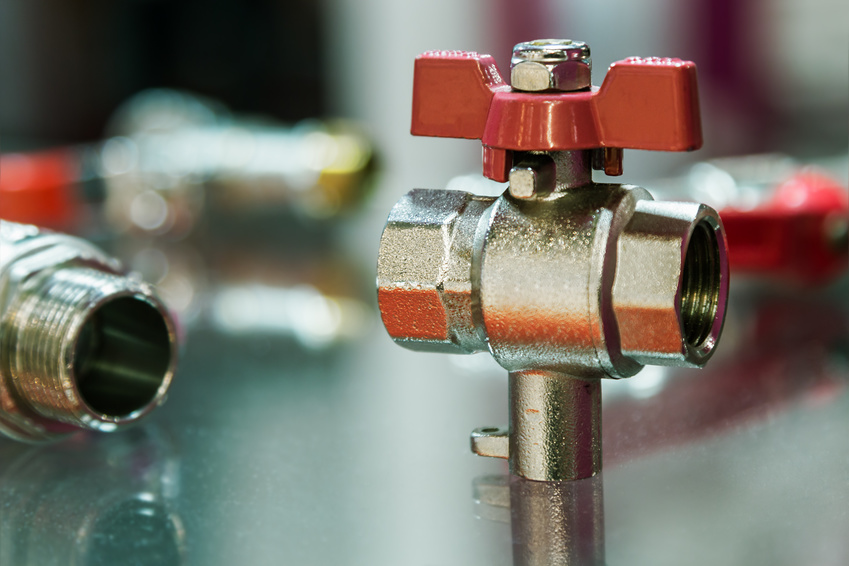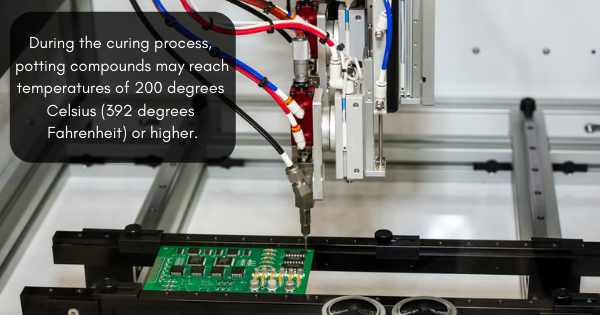
Businesses across all kinds of industries rely on dispensing machines to get the job done. Those who work in the LED lighting sector — which the U.S. Department of Energy believes holds the potential to reduce American energy usage by nearly 50% — understand the importance of excellent dispensing solutions. So do businesses in the automotive, solar power, and technological fields. But in order to be successful, your dispensing system needs to be too. You can evaluate the effectiveness of your dispensing equipment, and the valves you use for dispensing, by asking the following questions.
Do your dispense valves require frequent maintenance?
Dispensing valves of all types require a certain amount of upkeep. But there are some designs that need more TLC than others. If your dispense valve maintenance takes up too much of your time or financial resources, your business could suffer as a result. For example, valves that require maintenance after shutting down operations each day or over a weekend might not be the right choice for your organization if it compromises your productivity. Additionally, maintenance that requires manufacturer intervention due to its difficulty may not be the right choice for you if it means a significant interruption of operations. There are lower maintenance dispensing valves on the market that can provide greater reliability and ease of use.
Are you using the right dispense valves for a given application?
Those who work with epoxy and other adhesives will likely be well-versed in the type of valves they need to use for dispensing. But if you’re running a new business or are working with a relatively unfamiliar material, it’s possible that your valves may be ill-suited for the application in question. Thick fluids, for example, require a high-pressure valve that offers superior control and that prevents common issues. A more watery adhesive or thin solvent will require a needle valve, as these valves are designed to minimize dripping and other flaws. Each type of fluid has its own type of valve that’s recommended for handling it. It’s important to look at the issues you’re experiencing with your adhesives or other fluid materials and identify areas that need improvement. It’s possible that the dispensing valve may be to blame.
Are your dispense valve tips up to par?
Your dispense valve will be only as good as its tip. Dispense valve tips are not one-size-fits-all, but the size of the opening should be as large as is recommended for a given application. A dispense valve tip that’s too small can result in air bubble formation. In addition, a dispense tip of poor quality can compromise the consistency of the fluid being dispensed. That’s why you should never skimp on dispense valve tips. Otherwise, you could end up with a subpar final product. After all, if the fluid being dispensed can’t reach its final destination without being stopped by debris, what can you expect? It’s a good idea to see how much you’re spending on the components needed for your dispense valves and ask whether you might actually be saving too much — and compromising the process as a result.
It’s not always easy to know whether your dispense valves are to blame for common dispensing issues. But it can be a great place to start. For more information on our dispensing machines and dispensing valves, please contact us today.





